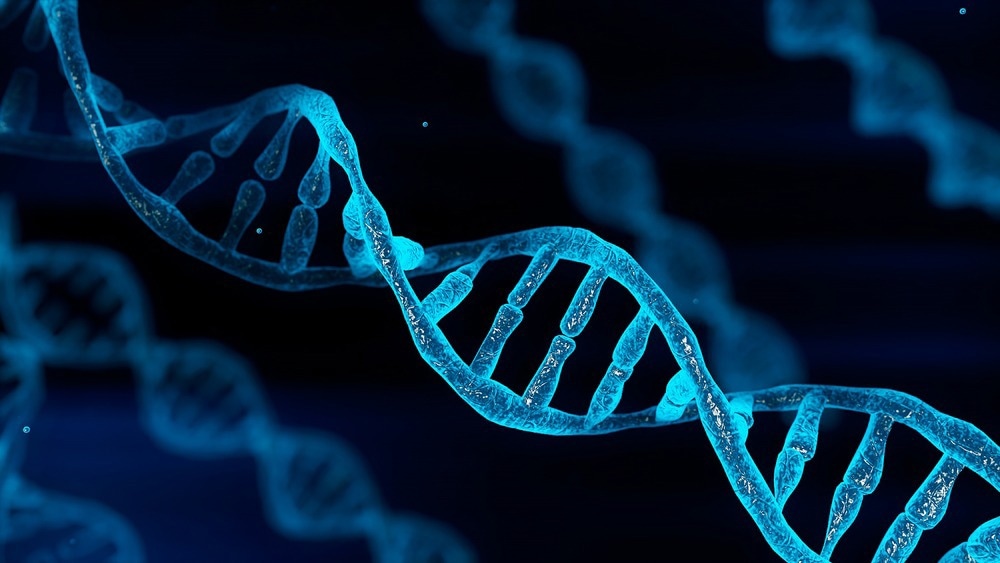Congenital disorders
New research uncovers autozygosity’s impact on common disease risks
In a recent study published in Cell, researchers explored the associations between autozygosity, measured as the fraction of the genome in runs of homozygosity (FROH), and common diseases, focusing on populations with high consanguinity rates.
Background
The prevalence of consanguinity, or unions between related individuals, varies globally, being low in Europe but high in South Asia and the Middle East. It often coincides with endogamy or unions between individuals of the same social group or clan. This phenomenon raises autozygosity rates, increasing the risk for various diseases and conditions due to identical gene segments inherited from common ancestors.
While this has clear implications for congenital anomalies and recessive Mendelian disorders, it is also associated with complex diseases like Alzheimer’s and Type 2 Diabetes. Additionally, studying consanguinity is complicated due to the intertwining social and environmental conditions, as well as population structures.
Further research is needed to fully understand the nuanced implications of consanguinity and autozygosity on a diverse range of phenotypes and to disentangle the intricate web of genetic, social, and environmental factors contributing to the observed variations in disease prevalence and other traits across different populations.
About the study
In the present study, several resources were meticulously utilized, and various cohorts were examined, including the Genes and Health (G&H) cohort, the UK Biobank (UKB) cohort, Saudi Arabian cohort, and the 23andMe cohort providing a diverse and comprehensive range of participants and experimental models. Ascertainment of sex across these cohorts was performed to ensure accurate and reliable data representation.
For method details, genotypic data preparation was undertaken for the G&H, UK Biobank, and Saudi Arabian cohorts, with each stage methodically processed to ensure the precision of the data obtained. The study implemented extensive quantification and statistical analysis involving the inference of genetic ancestry, runs of homozygosity (ROH) calling, and consanguinity inference. These analyses facilitated the detailed study of consanguinity patterns in the G&H and UK Biobank cohorts.
Phenotypic data harmonization and preparation for G&H were also meticulously conducted, ensuring that the subsequent analysis was based on accurate, reliable, and comparable datasets. This approach underscored the rigorous methodologies employed in exploring the influence of autozygosity on common disease risk across the phenotypic spectrum.
Study results
The core analysis focused on the G&H and UKB cohorts, both utilizing electronic health record (EHR) data provided by the National Health Service (NHS) in England. G&H, representing individuals self-identifying as Bangladeshi (65%) and Pakistanis (35%), is reasonably representative of the background population, albeit likely over-sampling individuals with chronic diseases due to primary care setting recruitment.
The study analyzed consanguinity patterns in these cohorts, employing methods developed to infer parental relatedness based on ROHs distribution in their genomes. Rates of consanguinity were found significantly higher in G&H and South Asian GIA (UKB SAS) than in the European GIA (UKB EUR).
Further analyses explored whether consanguinity has changed over time, revealing significant but relatively modest trends in varying age groups and degrees of relatedness.
The study also examined associations between FROH and common phenotypes, suspecting that social and environmental correlates of consanguinity might confound associations within the full cohort. Adjustments were made to control for potential confounders, and results varied significantly between the full and highly consanguineous cohorts.
The assessment aimed to quantify potential confounding and augment the ability to detect it, revealing the significance of the models in both full cohorts but non-significant in the highly consanguineous cohorts, thus implying a meticulous consideration of potential confounders in analyzing associations.
The study demonstrated remarkable precision, replicating results within a sibling analysis in the 23andMe cohort and revealing no significant association between autozygosity and certain lifestyle and behavioral traits. The research also replicated findings for height and several diseases, showing convincing evidence of replication across various phenotypes. Interestingly, post-traumatic stress disorder and type 2 diabetes showed significant associations with autozygosity.
The study focused on British South Asians, who have elevated rates of type 2 diabetes and asthma, to explore the influence of consanguinity-related autozygosity on these conditions. It estimated the Population-Attributable Risk (PAR) and deduced that a significant portion of the incidences of these diseases is attributed to consanguinity-related autozygosity.
The research contrasted these findings with high polygenic risk scores to assess comparative impacts on disease prevalence. Additionally, the study meticulously explored the complexities of genetic architecture and examined various mechanisms inducing associations between autozygosity and traits, concluding that the associations observed likely represent non-additive genetic architectures.
This detailed exploration has provided insightful revelations about genetic predispositions to diseases in populations with high levels of consanguinity, enhancing understanding of genetic influences on disease prevalence in such communities.

